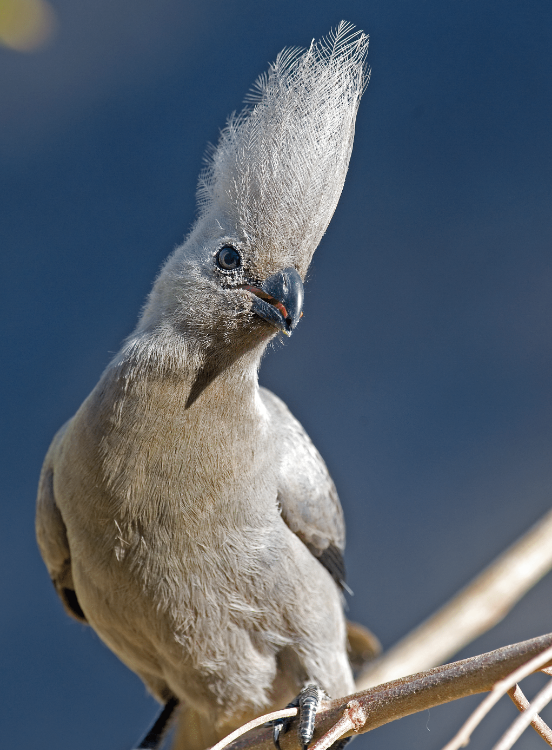Skeleton Coast Fly-in Safaris – A 30-year family affair
July 19, 2012Capricorn Restcamp new in the Naukluft
July 19, 2012African Finfoot
Podica senegalensis
Roberts No 325
by Pompie Burger
The African distribution map of this very peculiar-looking bird shows the African Finfoot to be quite widespread from northern Namibia up to the horn of Africa. Unfortunately, if you live in Namibia and do not have the opportunity to travel to these countries, the north-eastern tip of the Caprivi is your only option.
After many trips to this region, we eventually found this very secretive bird near Katima Mulilo in the backwaters of the Zambezi River. The long wait was absolutely worthwhile. After an initial glimpse of it on day one (which is all most people get of this very shy bird), we eventually had the pleasure of sitting for nearly an hour (to the dismay of my wife, I must say), watching and photographing it from close range.
It looks and behaves like something between a cormorant and a duck. Its feet are indeed something out of this world. The colour is a rich orange-red and the toes look like Vienna sausages. The Afrikaans name of these birds, Watertrappers, which also refers to their feet, is indeed a valid description of these massive ‘tools’, as one can imagine that with those toes they can almost walk on water. When swimming they tend to keep to the slow-flowing streams and backwaters with overhanging branches. Most of the African Finfoot’s body is submerged in water when swimming, very much like the Reed Cormorant. Contrary to ducks and cormorants, it is not a keen diver, and will only disappear under water when threatened.
This bird’s diet consists of insects (spot the mosquito on its head in the picture and win a Datsun), crabs, snails, frogs and molluscs. The African Finfoot makes a rather loud frog-like ‘kraak’.
There are three finfoot species in the world, with the African Finfoot definitely the most impressive and colourful of the three.
About the author:
Based in Windhoek, Pompie Burger is an orthopaedic surgeon whose part-time passion is photography, in particular wildlife, and specifically birds. This regularly takes him to the most remote corners of the country, resulting in riveting images and articles.
Pompie is the author and photographer of the coffee table book Birds of Namibia, which was published in 2008. The book contains articles and photographs which attest to the insight and knowledge of an accomplished observer.
Read more of his articles in our Birding Section.
This article appeared in the April/May ‘09 edition of Travel News Namibia.


